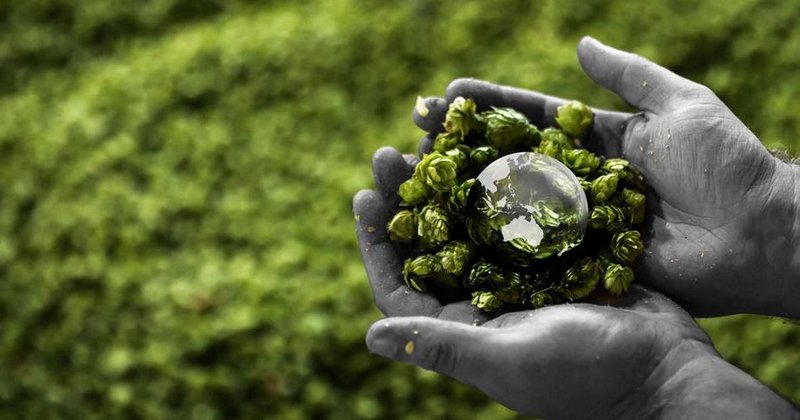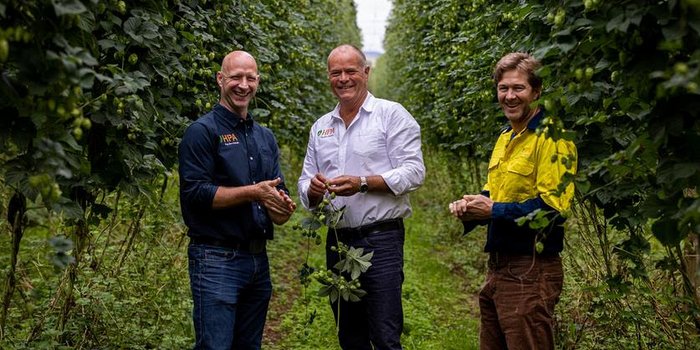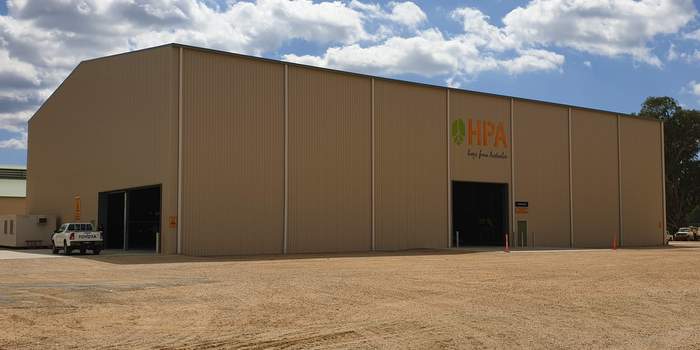
Hop Products Australia (HPA) recently became a signatory to the UN Global Compact in 2020, and it is following up on that commitment by being transparent about its environmental impact in its inaugural sustainability report. HPA is already integrating sustainability initiatives into their business, but more is being planned to build greater energy efficiency into their farming operations. They have developed a roadmap that considers several key areas guided by the UN’s 17 Sustainable Development Goals. Social responsibility, environmental footprint, responsible sourcing, consumption and production now underpin their sustainability strategy.
In the 2017-2020 reporting cycle HPA quantified their greenhouse gas emissions, eliminated heavy metals and reduced solvent use in their labs, improved their anti-corruption and whistle-blower policies, and conducted an energy audit of their farms.
Reduced solvent use in their labs can be credited to the Near Infra-Red (NIR) analytical capability for hop chemistry developed by HPA and Sagitto. HPA’s Manager of Agronomic Services Simon Whittock says “reduced solvent use in our labs has improved environmental and workplace safety outcomes. HPA’s adoption of NIR analytical capability is a novel solution within the hop industry and typifies our commitment to developing sustainable business practices.”
HPA is currently researching several other projects that could improve their energy efficiency. A significant portion of their annual emissions and energy consumption are related to process heat. The energy audit of HPA’s farms explored the potential of kiln heat recovery and alternative fuel sources. Unfortunately, there are currently considerable risks
associated with alternative fuel supply and retrofitting new technology to existing infrastructure is costly and unproven.
“HPA will continue to explore innovations that could mitigate energy use within existing infrastructure until there are safe and proven alternatives available” says Whittock.
This is just the beginning of HPA’s journey toward minimizing their environmental footprint while simultaneously meeting the demands of their brewing customers, the company says.





Leave a Reply
You must be logged in to post a comment.